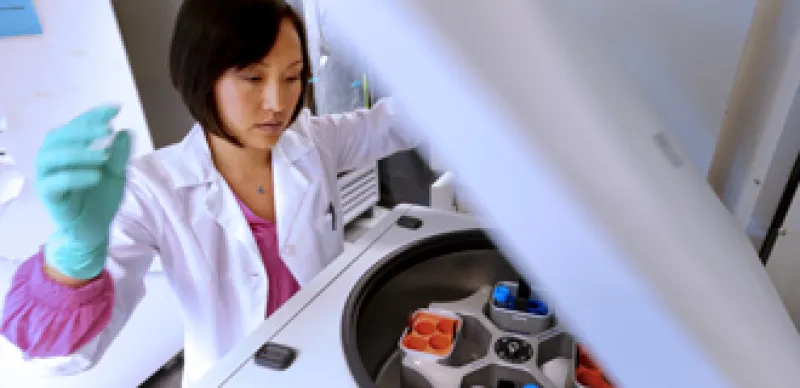As the engine of drug development stalls — the result of an uncertain healthcare environment and a poor performing healthcare market — disease-focused charities are stepping up to restart the engine. They have become the new financiers of early-stage drug development.
Groups such as the Juvenile Diabetes Research Foundation (JDRF), Multiple Myeloma Research Foundation (MMRF), the Cystic Fibrosis Foundation and the National Multiple Sclerosis Society, CHDI Foundation, Michael J Fox Foundation for Parkinson's Research and The Leukemia & Lymphoma Society are now directly investing in or partnering with companies to speed up the development and distribution of new treatments.
For such charities, which until recently were mostly advocates and funders of academic research, the process is a radical step because it now involves partnering with established pharmaceutical companies and start-ups in accelerating drug development. The total amount is small, estimated at no more than $100 million or so annually. But its importance is critical when funding in drug development has almost dried up.
When Amylin Pharmaceuticals recently sought to finance a proof of concept study to test the effects of metreleptin on type 1 diabetes patients, part of the money came from an unlikely source: the Juvenile Diabetes Research Foundation (JDRF).
“We are helping to find better therapies and cures based on partnerships with academia, as well as biotechnology and pharmaceutical companies,” says Karin Hehenberger, Senior Vice President, Strategic Alliances at JDRF. “We are helping ready promising science for human trials.” The hope is that JDRF’s involvement will not only provide capital but also accelerate the overall development process.
Hehenberger feels that JDRF can leverage its resources to help optimize the trials, inform and educate its constituents about ongoing trials, and to work with regulatory and reimbursement agencies. Academics often need help in taking research and translating it to new therapies. By getting the drug companies involved, JDRF can play a pro-active role in the process, she adds.
JDRF's Industry Discovery and Development Partnership (IDDP) program, through which JDRF collaborates with pharmaceutical, biotechnology, and medical device companies, such as Amylin, has funded 35 partnerships with 30 companies and committed approximately $71 million. JDRF is one of the more visible players to step up to accelerate research that will lead to better treatments. Almost every other medical charity organization has begun to recognize that it has to take care of its own. The Multiple Myeloma Research Foundation (MMRF) recently awarded $11 million under its Biotech Investment Awards Program. According to the MMRF, the Biotech Investment Awards program has already produced results such as new drugs advancing into clinical trials for patients including Astex Therapeutics Ltd.’s AT7519 and Intellikine’s INK128.
In the area of drug development the path was once clear. Organizations such as the National Institutes of Health (NIH) provided the seed money for research, R&D partnerships and venture capitalists helped advance the process until IPOs or corporate buyers helped complete the process. The seed funding continues to exist but there is a huge chasm between the early stages and the later ones, especially as venture capitalists have become risk averse and corporate buyers are waiting until later. This funding gap is what JDRF and other disease charities are trying to bridge.






